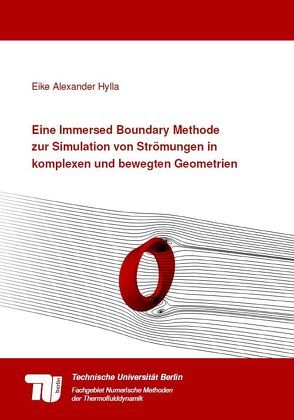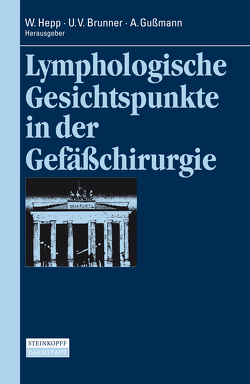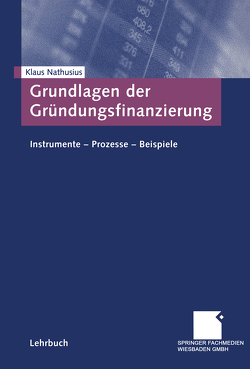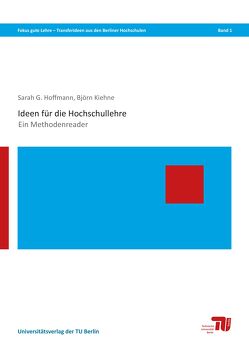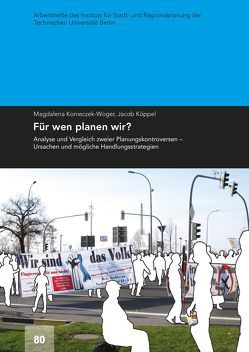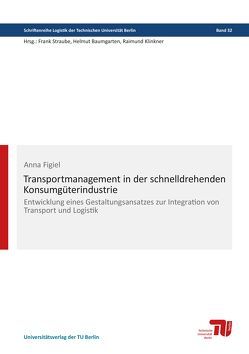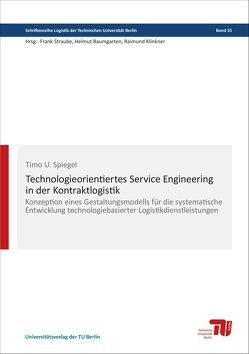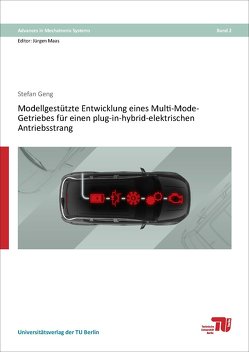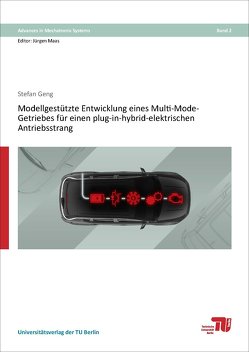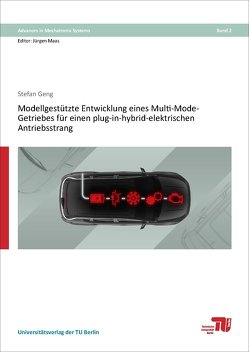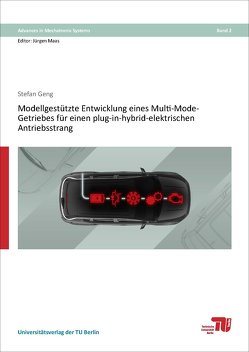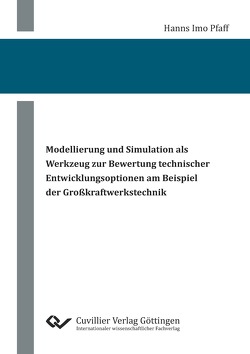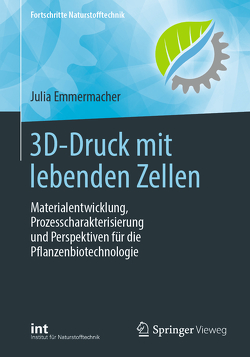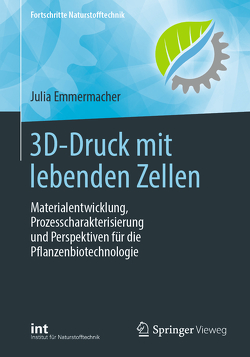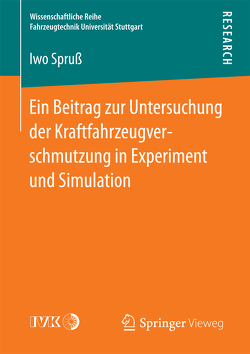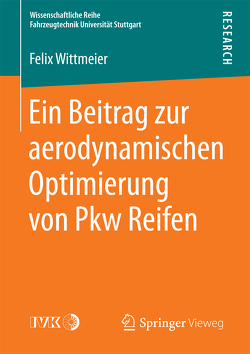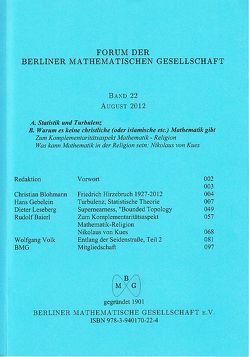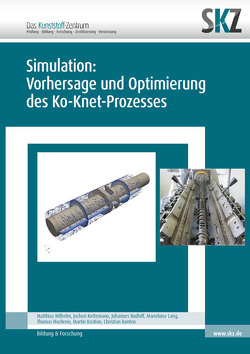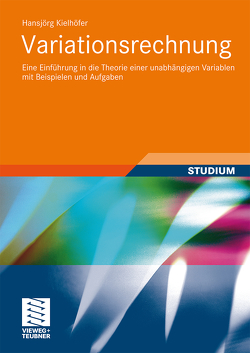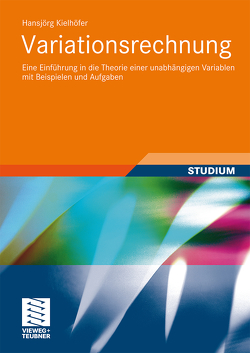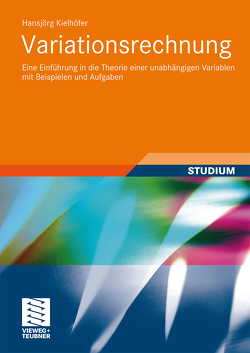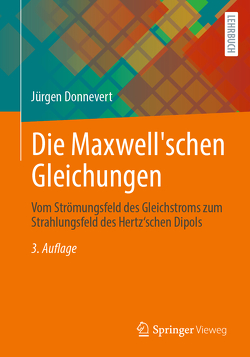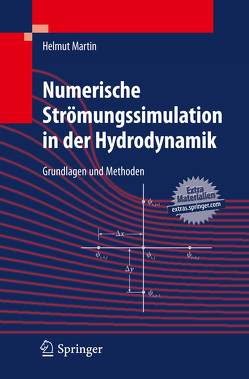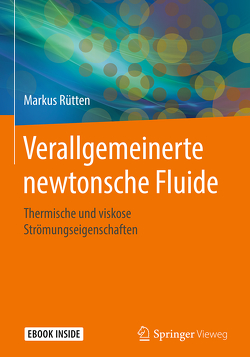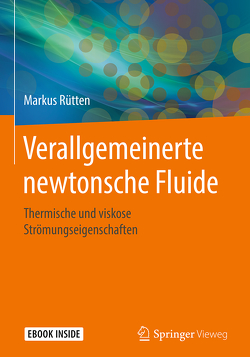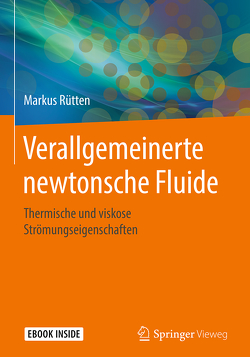Eine Immersed Boundary Methode zur Simulation von Strömungen in komplexen und bewegten Geometrien
Eike Alexander Hylla
The Immersed Boundary Method (IBM) is a numerical approch in the field of computational fluid dynamics well suited if complex and dynamic geometries are considered. The geometry is immersed into an underlying computational grid. The Navier-Stokes equations are solved fulfilling the boundary conditions at the intersections between the surface discretization and the grid cells. Based on an existing finite-volume flow solver, the present work describes the implementation, validation, and application of such an IBM approach. A central role plays the providing of the boundary conditions employing a so-called Ghost-Cell approach. In addition, mechanisms for fast detection of cell intersections, techniques for grid adaptation, and numerical algorithms for storing and solving the arising equation systems are provided. The developed methodology is further enhanced in order to solve problems of Fluid-Structure-Interaction (FSI). Therefore, a Finite-Element based structural solver is implemented and validated. The CFD and FEM solvers are loosely coupled by exchanging the fluid forces and the actual geometry of the elastic body. The developedmethods are successfully applied to two different fields favorable for the use of an IBM solver. First, the physics of the flow through different geometries of the central airways are investigated. Smooth and symmetrical secondary flow structures and Dean vortices are observed downstream the bifurcations of a simple generic lungmodel byWeibel. For themost complex case, the dynamic tracheobronchial tree of a pork, the influence of the surface motion is important. During in- and exspiration, asymmetrical pairs of counter rotating vortices occur, maintaining their rotating sense during the respiratory cycle. Secondly, a Fluid-Structure-Interaction is considered by means of a quasi steady flow past an elastic cylinder shell. After a small number of coupling iterations, the deformed geometry and the surrounding flow, mainly imposing pressure forces, reach a state of equilibrium. The front of the cylinder shell flattens while its width increases which leads to a higher Reynolds number. Accordingly, the steady wake downstream of the cylinder enlarges. The recirculation length now corresponds to the estimation of the one for a circular cylinder under the raised Reynolds number.
